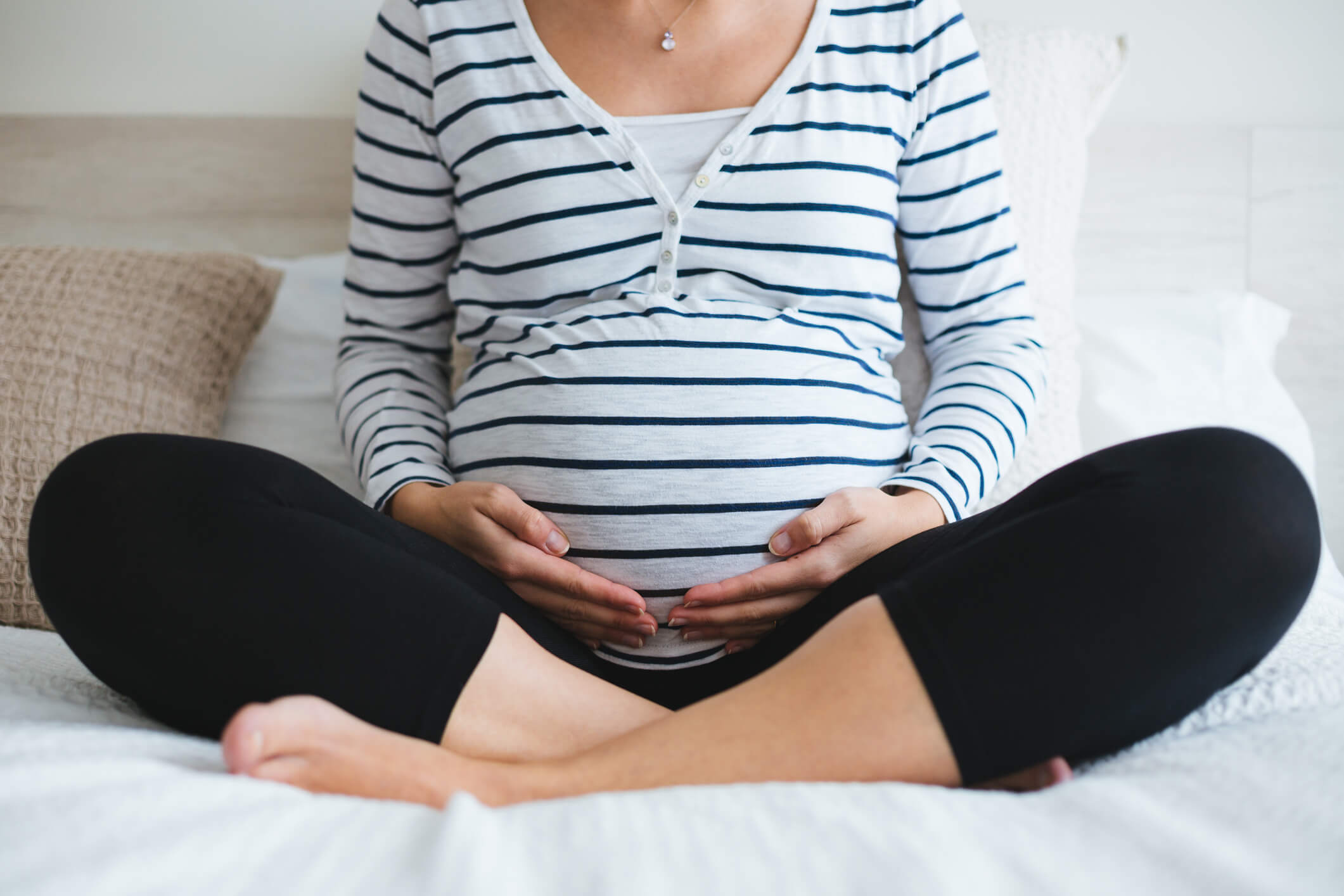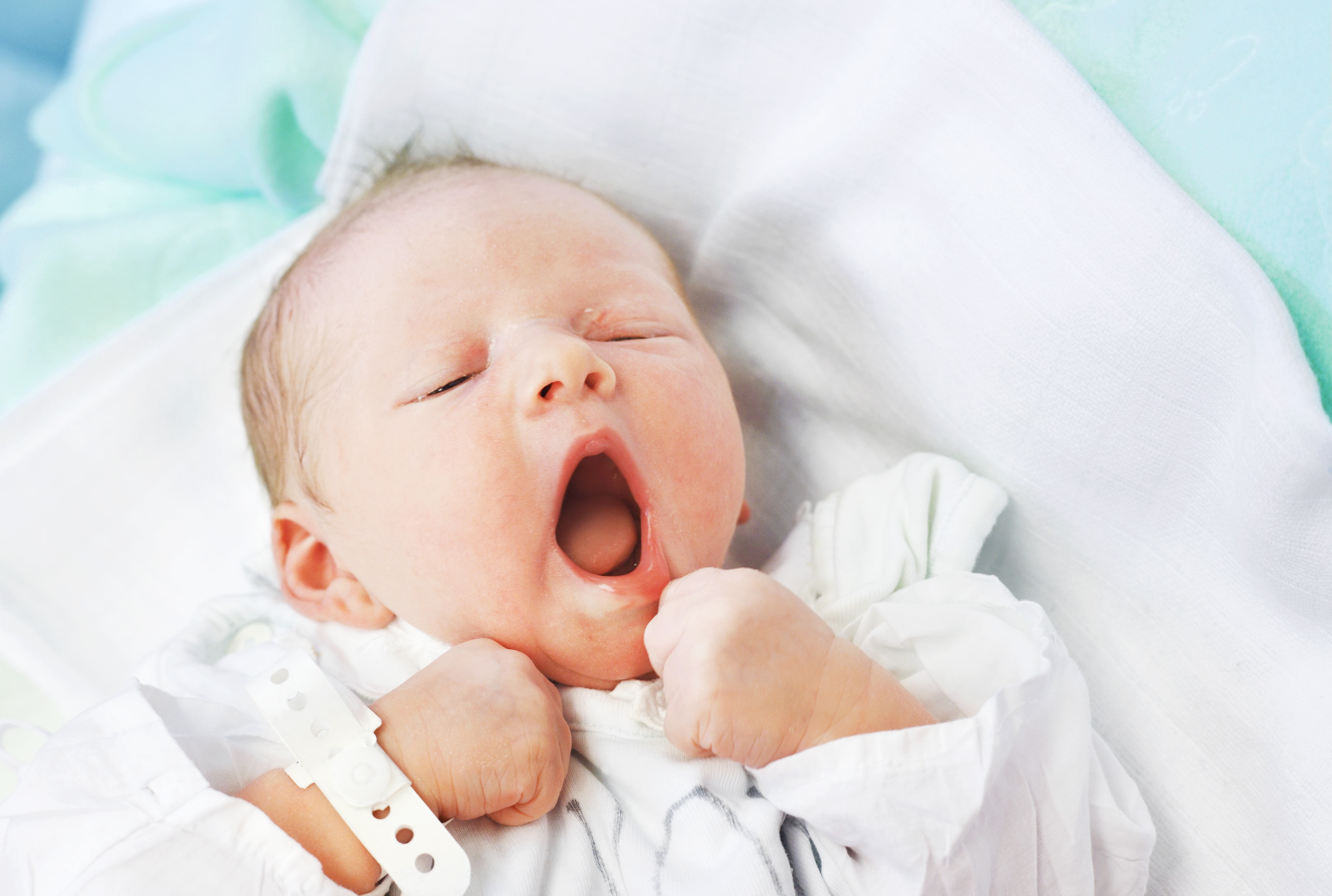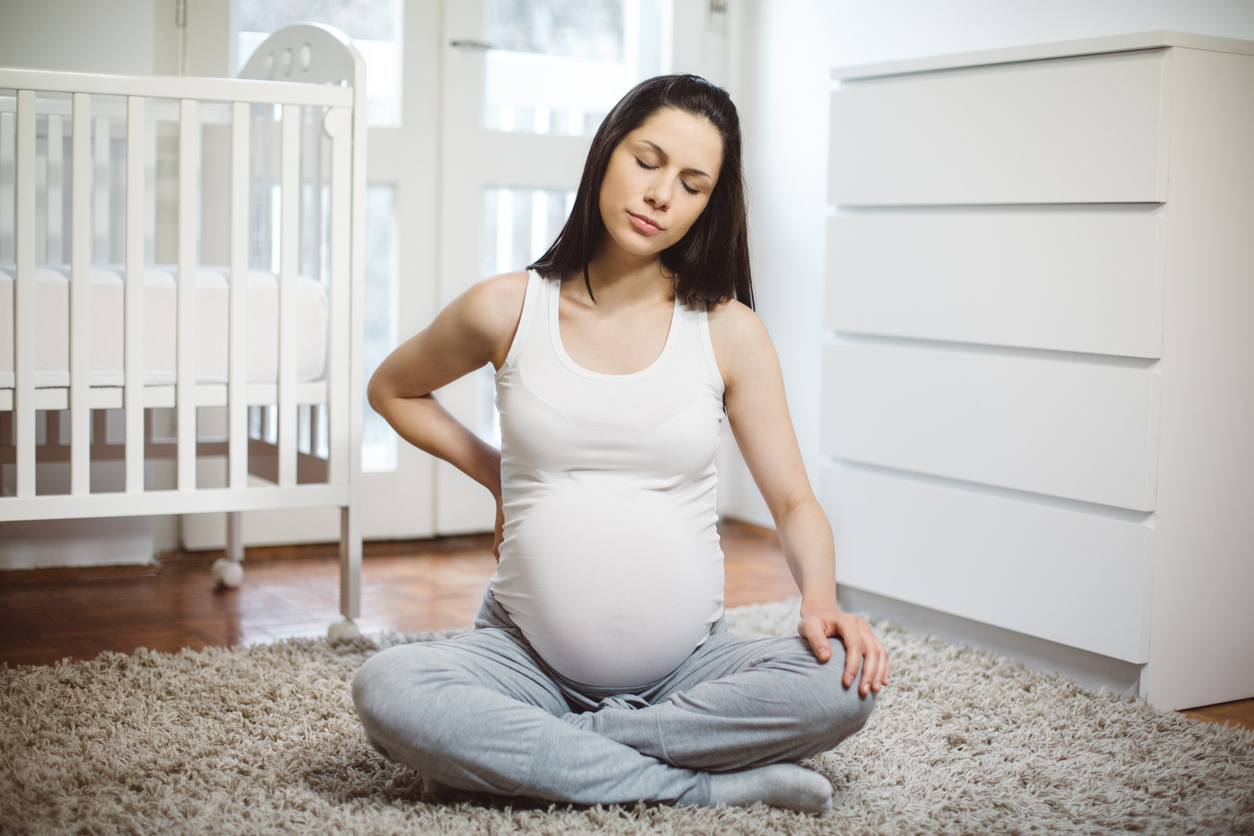If you’re approaching childbirth for the first time, having plenty of different labour positions up your sleeve will help you prepare for the big day. Being able to move around and try different positions during labour can help you feel in control, reduce pain and even assist with a faster labour.
The stages of labour
In the first stage, contractions develop and increase and the cervix starts to open up (dilate). This stage can span hours or even days, so moving around and trying different positions to manage your pain will be important.
Once the cervix is fully dilated, the second stage begins and you are pushing with the contractions. There are different positions you can try during this stage to help your baby into the right position and into the world. The third stage happens after your baby is born, when the placenta is delivered.
Is your family growing?
Discover useful information about planning for a baby, managing the postpartum period and the transition into parenthood - including care and birth options, pregnancy health cover and costs, fertility and IVF, tips from medical professionals and more.
READ MORE: Childbirth explained
How to find the right position
Your doctor or midwife will help you explore different positions to get comfortable. Avoid lying on your back during the first stage of labour and allow your body to tell you what position is best for you.
Upright positions can help to:
- get the baby into position
- open the pelvis further
- produce stronger, more efficient, and less painful contractions
- lessen the need for medication
- reduce the likelihood of an assisted birth or caesarean section.
Some popular positions to get you started
- Hands and knees. Pros: Studies indicate getting on all-fours may help to reduce back pain, and gravity can help to get the baby into position. Cons: Can be tiring and uncomfortable after time. Try leaning against a beanbag in this position for support during contractions.
- A sitting position. Pros: With the use of a birth stool intermittently in second stage this can feel like a more natural way to push for many women. Cons: Long periods in this position can lead to swelling in the perineal area, which comes with an increased risk of perineal trauma
- Using a birthing ball or Peanut ball. Pros: These versatile balls provide support while you sit and rock back and forth, lean against the ball or simply drape your upper body over it while kneeling. Studies indicate birthing ball labour positions could help reduce pain during the active phase of labour.The use of peanut balls are relatively new but can be good for women with epidurals in getting the pelvis into an ideal angle for promoting opening of the birth canal. Cons: Can be difficult to balance and some positions are hard to do alone.
- Squatting. Pros: Gravity kicks in, the pelvis expands further and labour may be faster as a result. Squatting also requires less effort for bearing down. This is a good one if partners are wanting to get involved. Women can use their partners’ shoulders as a way to rest between contractions but also as a grip when bearing down. Cons: Can be very tiring and difficult to sustain without support.
- Lying on the side. Pros: A sideways position can help if you're tired or have had an epidural. It can make it easier to relax during contractions and reduce tension on your perineum. Cons: This position can feel quite passive and there’s no help from gravity.
- Standing up. Pros: Contractions can often be more effective and less painful and it may speed up labour. Standing upright bent over, while rocking and swaying can ease pressure on the pelvic area and help the baby to move into position. Cons: Less control at the time of birth.
- Lunging. Pros: Not your typical labour position, lunging against a chair, for example, can help the baby rotate or descend and open the pelvis. Cons: Can be tiring and you may need help keeping your balance.
- Stair climbing. Pros: Can open the pelvis and helps baby rotate and get into a good birthing position aiding the baby’s descent into the cervix and therefore stimulating release of oxytocin providing better contractions. This is a good way to help intensify labour if things are taking a long time! Cons: Can be tiring and you may not have easy access to stairs.
- In the bath. Pros: Being immersed in water has been shown to decrease the need for pain-relieving drugs and can help speed up labour. Some women also find a water birth can be gentler and less stressful than a traditional birth. Cons: Water births are only suitable for low-risk pregnancies and come with potential risks including infection, inhalation of water and overheating. Water birth facilities are not available in all hospitals.
Finding the most comfortable (or least painful) position during childbirth will be different for everyone, and is your choice. As you develop your birth plan, try some of these positions out at home or explore some of your own, so that when the day finally arrives you feel prepared and armed with ideas. Knowledge is power both for the woman and her birth support.







